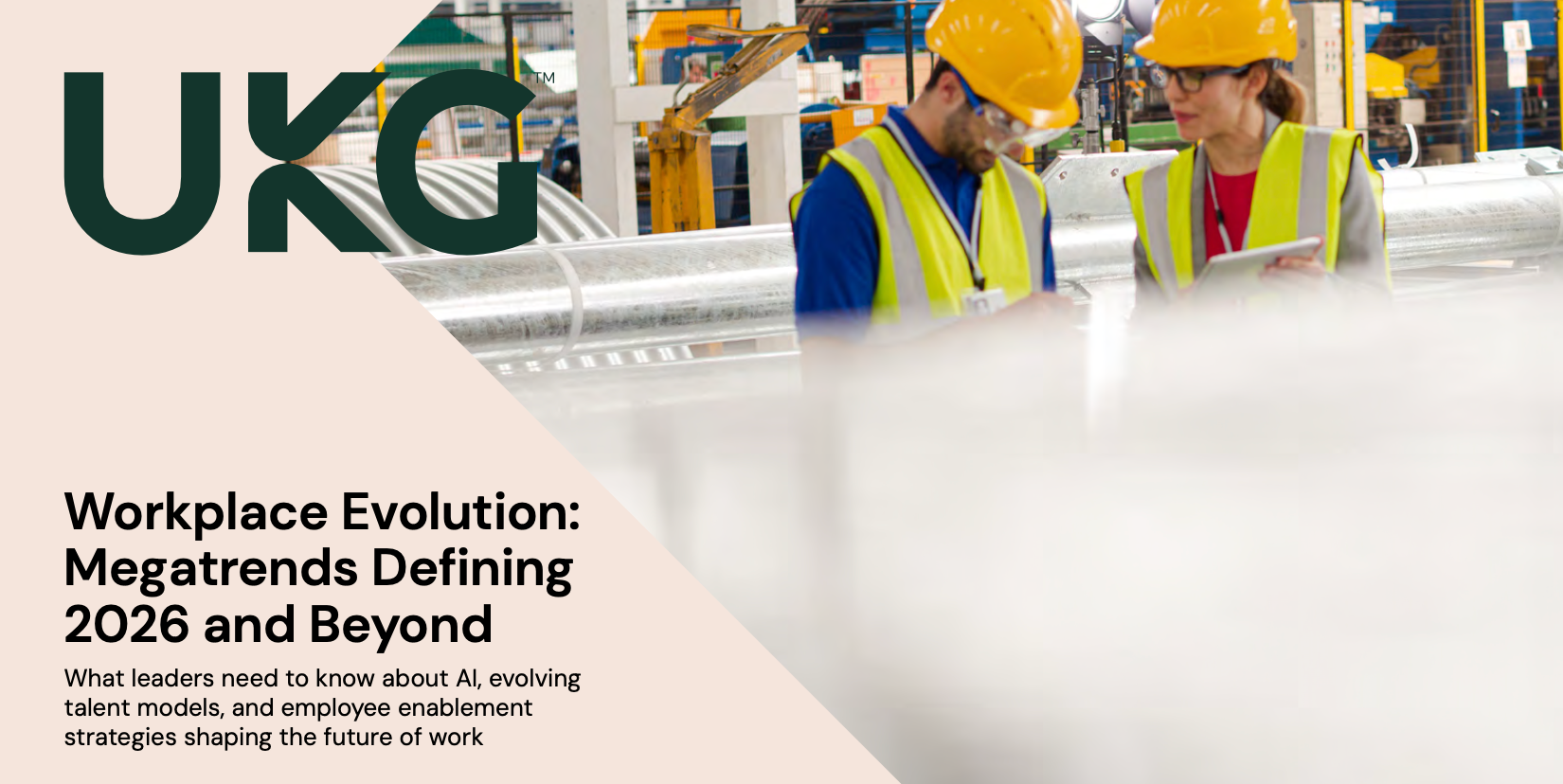 workforce planning
workforce planning
 workforce planning
workforce planning
 workforce planning
workforce planning
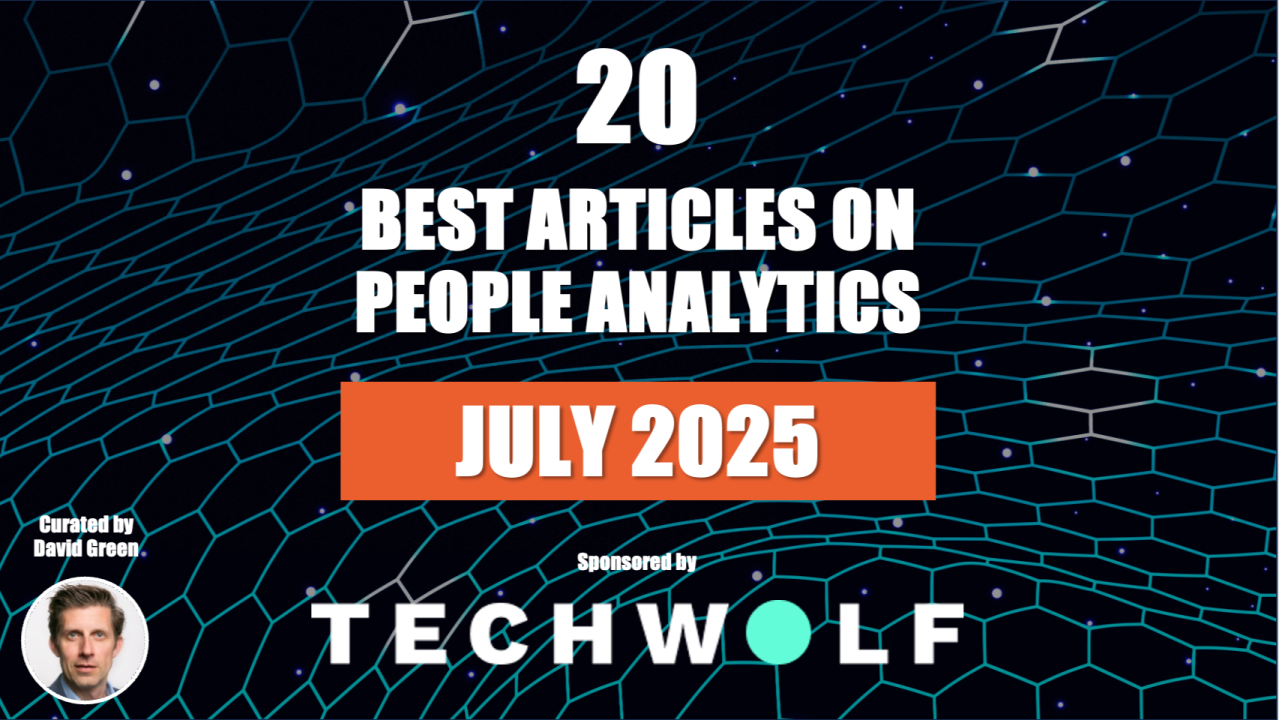 workforce planning
workforce planning
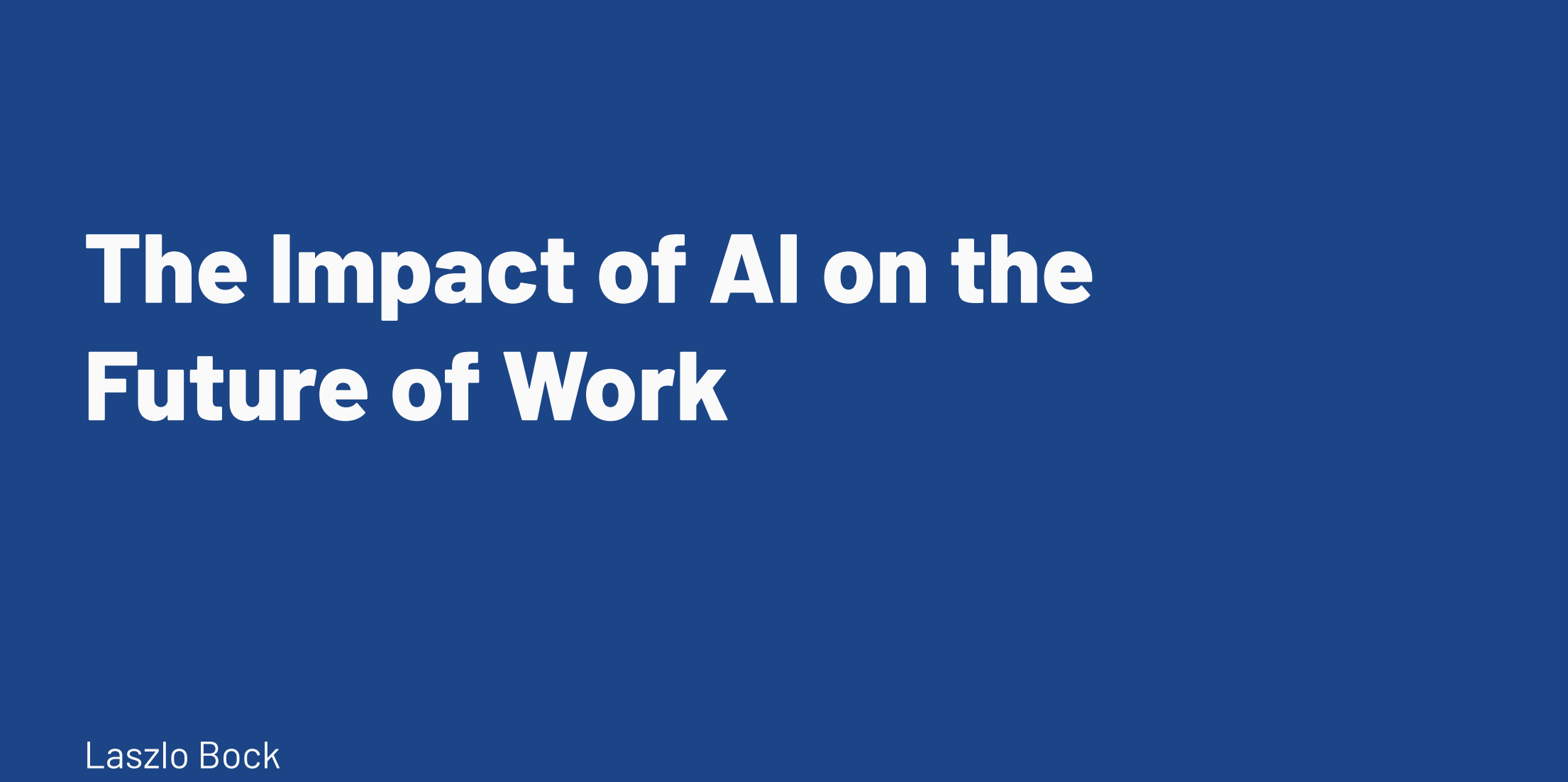 workforce planning
workforce planning
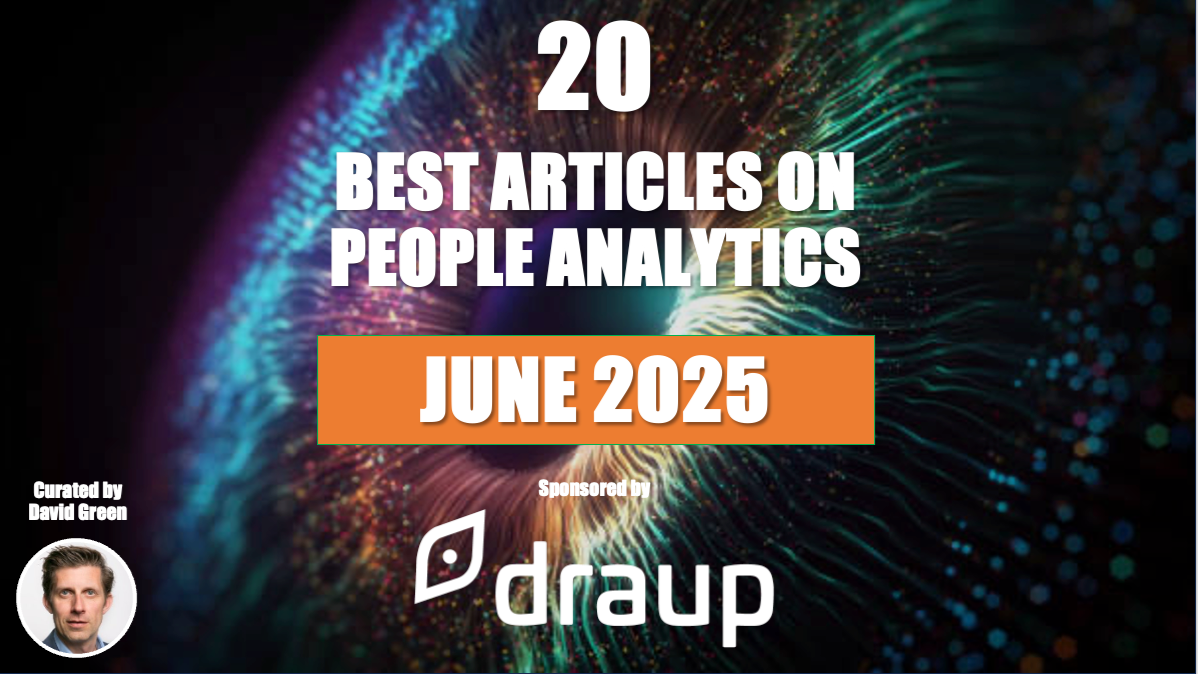 workforce planning
workforce planning
 workforce planning
workforce planning
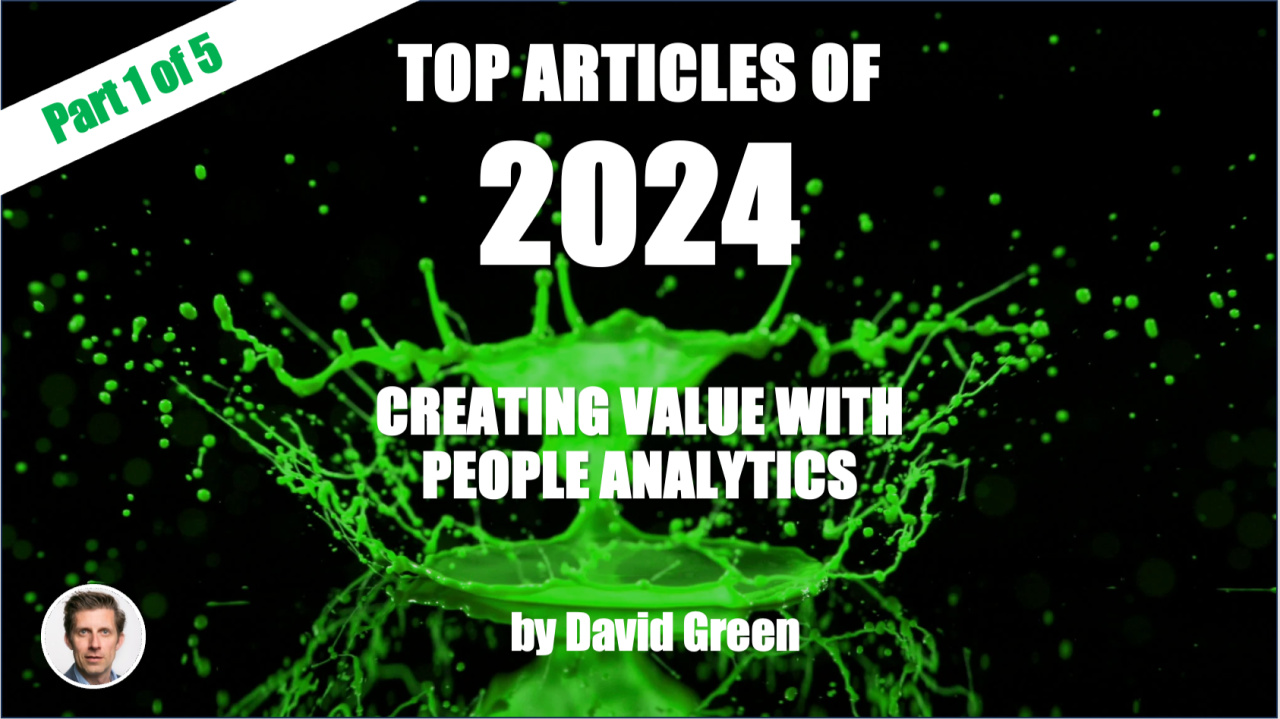 workforce planning
workforce planning
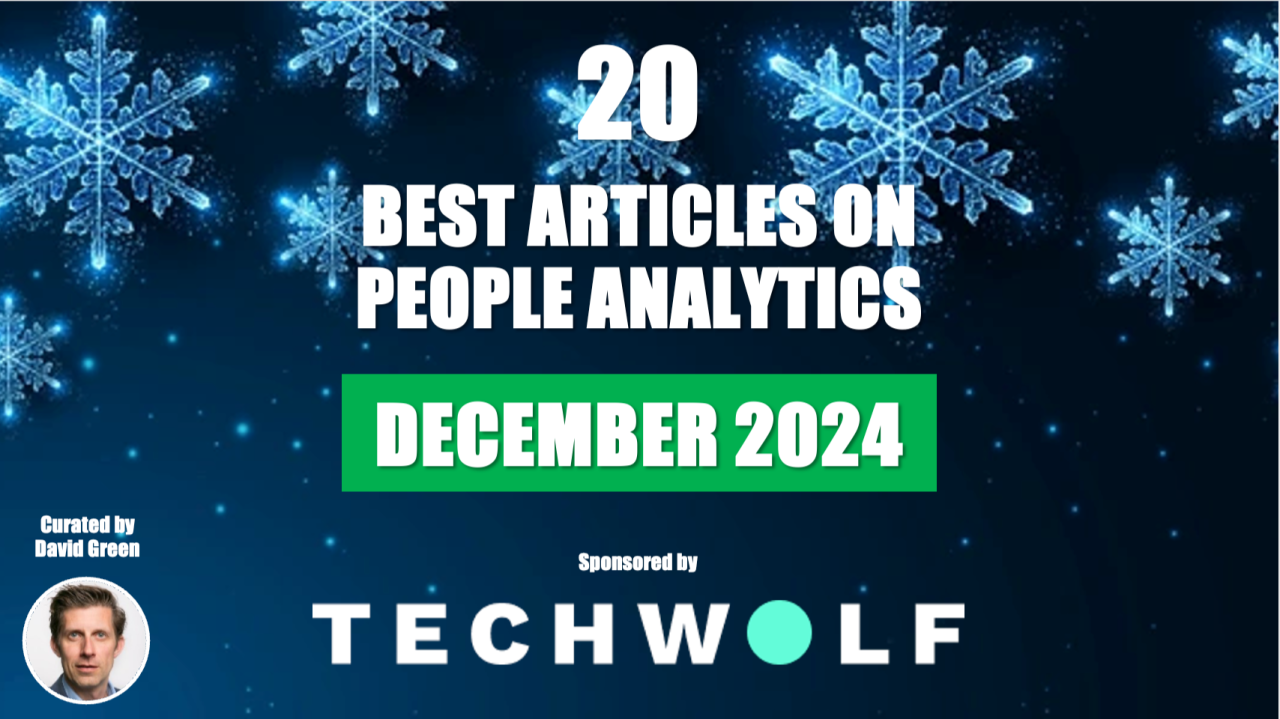 workforce planning
workforce planning
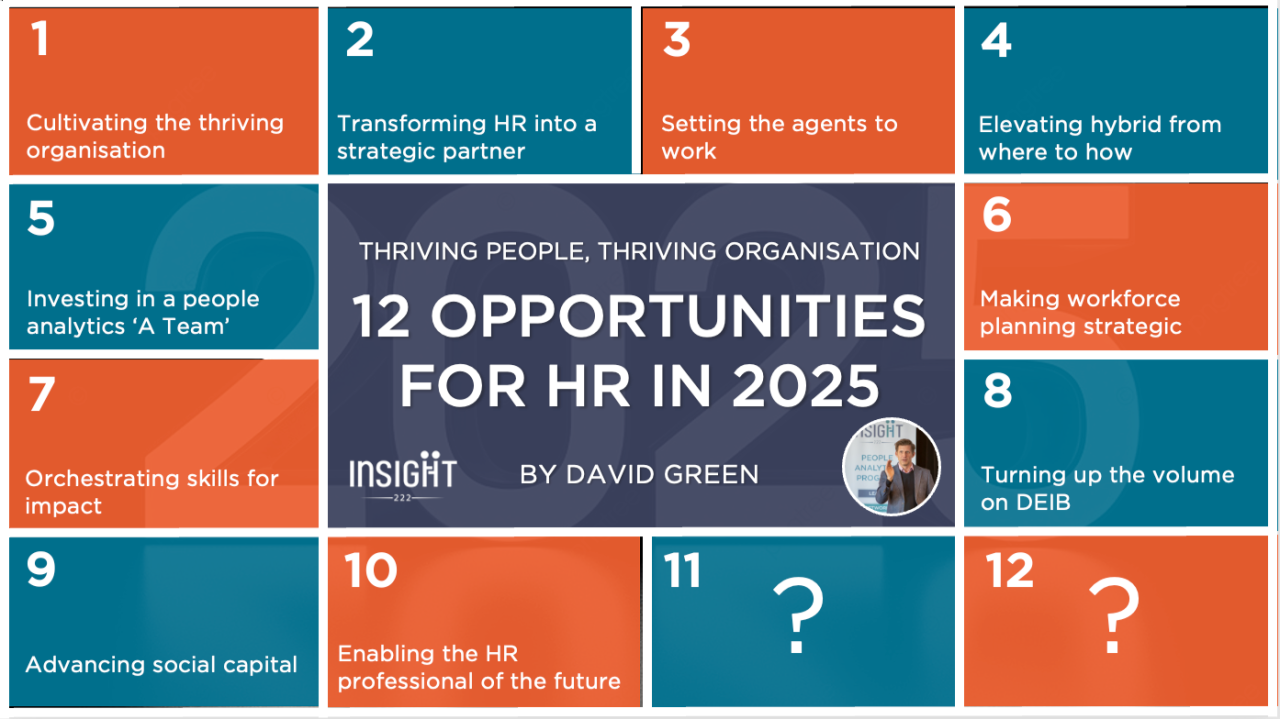 workforce planning
workforce planning

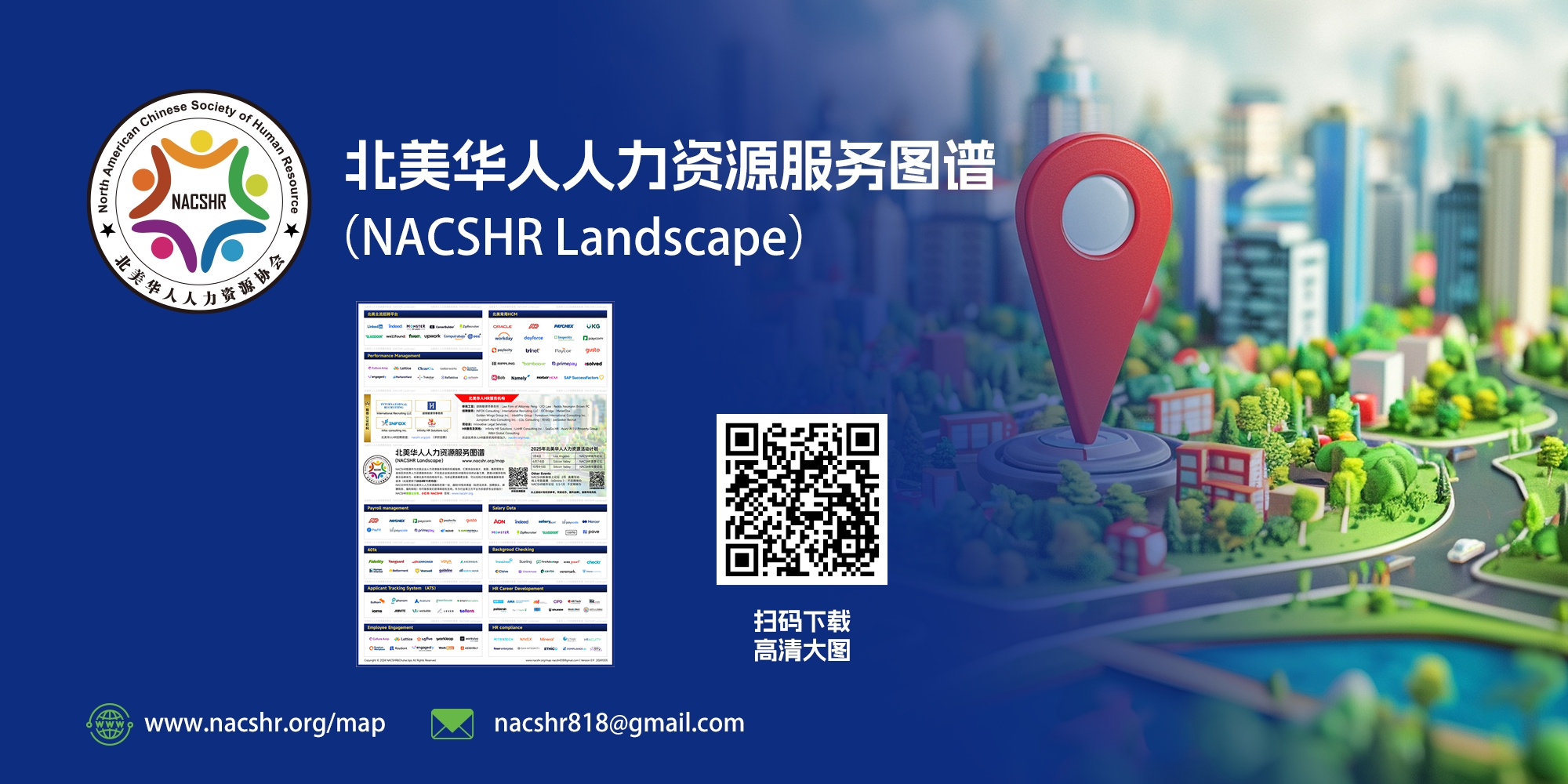

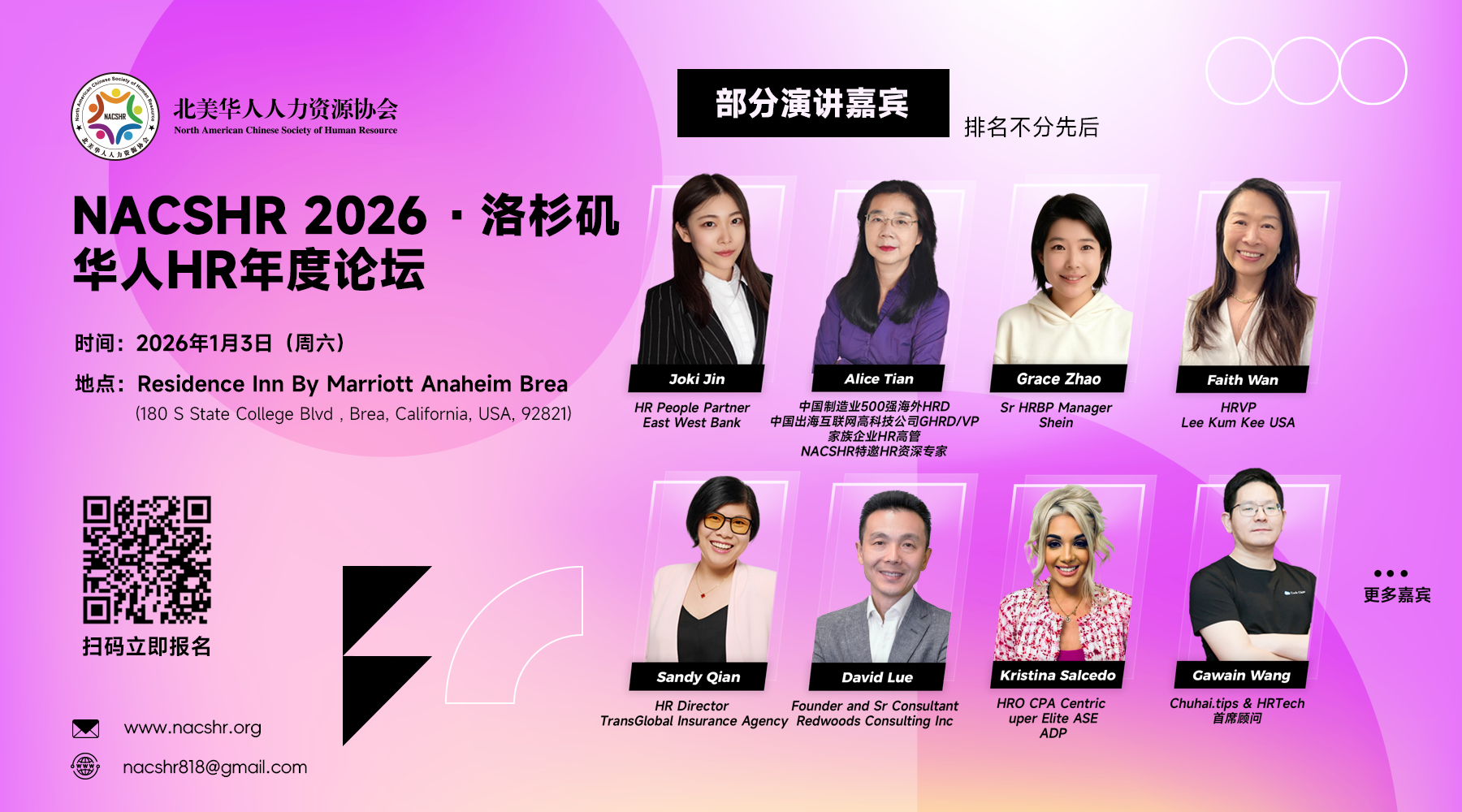

 扫一扫
添加客服
扫一扫
添加客服




